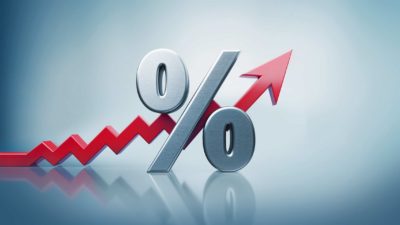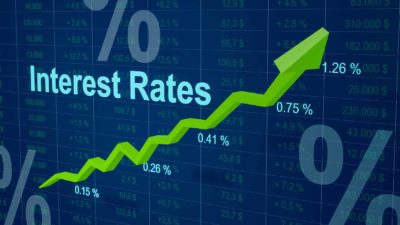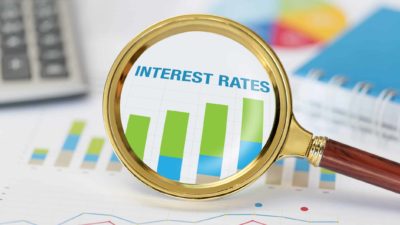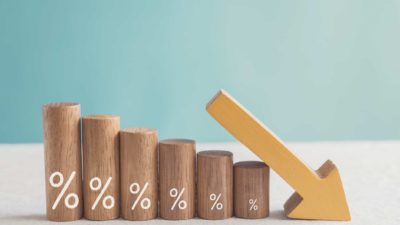As many investors would be aware of by now, it's been a rough week for ASX shares, and a particularly rough Monday today. At the time of writing, the S&P/ASX 200 Index (ASX: XJO) has recovered a little from its 6% dive this morning but is still down a horrid 4.24% at just over 7,340 points. It's no secret where these falls have come from – thank US President Donald Trump's new tariffs.
Since peaking on 14 February, the ASX 200 has fallen by close to 15%. This largely coincides with Trump's tariff rollout, which has been far more severe than most commentators expected. Trump's 'liberation day' announcements last week, in which his administration unveiled steep tariffs on almost every country in the world, have roiled global share markets. These tariffs range from 10%, as in Australia's case, to as high as 49% for Cambodia.
But why have global markets been so spooked by something that Trump has promised will usher in a new "golden age" for America?
Let's dive into tariffs today to understand the pros and cons of this old-fashioned trade instrument.
What are tariffs?
As we've discussed here before, tariffs are essentially import taxes that a country can levy on goods entering its borders from other countries. Most economies have levied tariffs in the past. In fact, they were a major source of revenue for governments around the world, including our own, until the 1970s and '80s.
Over the last 50 years or so, most countries have largely dismantled their tariff policies and embraced free trade. But are there any upsides to imposing tariffs?
Pros: Can tariffs provide any benefits?
Tariffs can have some desirable outcomes. Trump seems to be attracted to them as a path to restoring what he sees as America's past glory as a major manufacturing economy. By making it more expensive to import goods, Trump appears to be banking on forcing major manufacturers to bring back production to the United States.
This could work to a point. With steel and aluminium tariffs now in place around the American economy, for example, it might be more attractive for steelmakers to open new steel plants and factories in America. Companies like Coca-Cola Co (NYSE: KO) might open additional canneries to avoid paying more for foreign-smelted aluminium. Tariffs can and do protect jobs in certain sectors.
Additionally, tariffs are a source of revenue for governments. Trump has indicated that he wants to use the extra tariff revenue his administration is about to collect to fund income and corporate tax cuts.
So what are the cons?
Most economists view tariffs as highly damaging and distortionary taxes. Fundamentally, they disrupt free trade and the tendency for countries to produce the goods and services they are best at producing. These economists credit the dismantling of trade barriers since the 1970s with the explosive growth the global economy has enjoyed since the 1980s.
Australia today is richer, not poorer, due to the dismantling of tariffs. That's why our primary exports in 2025 are goods or services that we have a comparative advantage in producing, such as high-quality iron ore, gold, wheat, education and beef. Australia is a high-wage country, so we are better at producing those things, rather than cars, televisions, clothes or kitchen appliances. If we tariffed clothes for example, sure, we might create a few jobs in textile mills. However, the price of those jobs would be more expensive clothing for every Australian.
In short, tariffs rob the many while benefitting a few. This is why most countries abandoned them. And it's why global markets are panicking at the huge tariffs Trump is bringing back, which would bring the country's import taxes back to levels not seen since the 1930s—and we all know what happened then.









